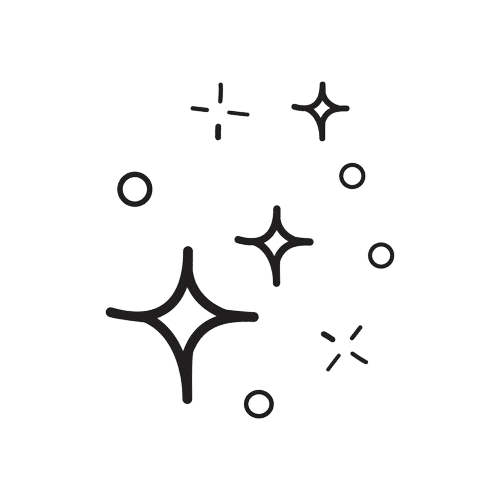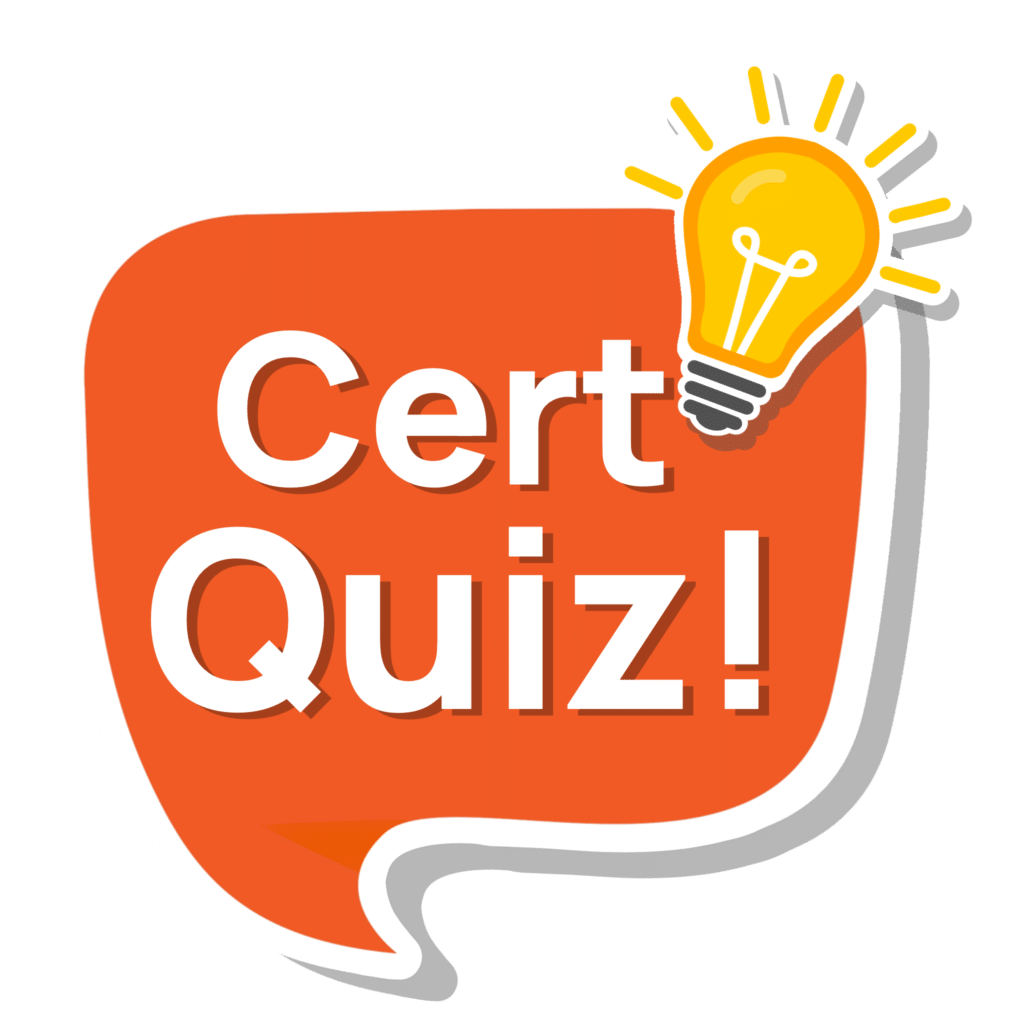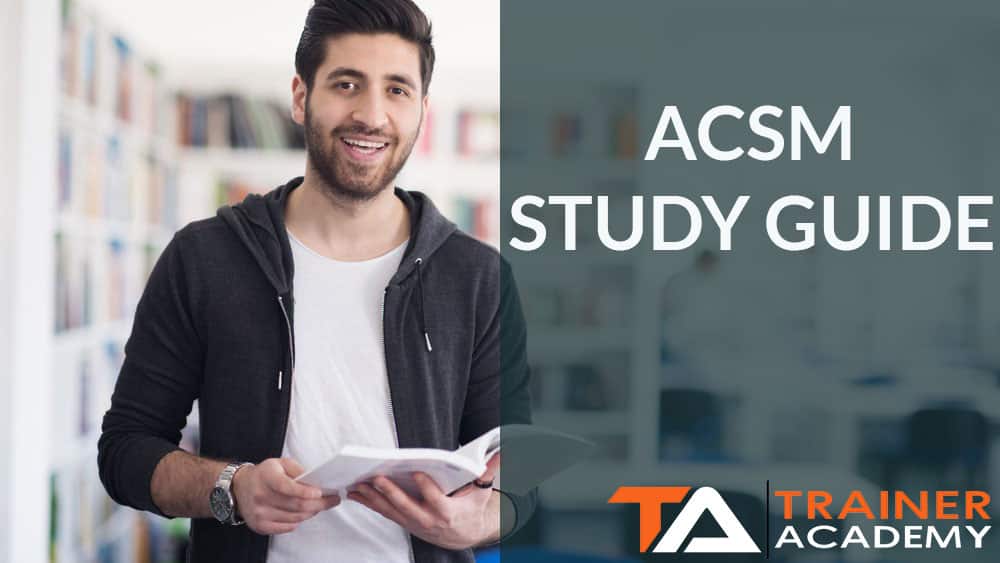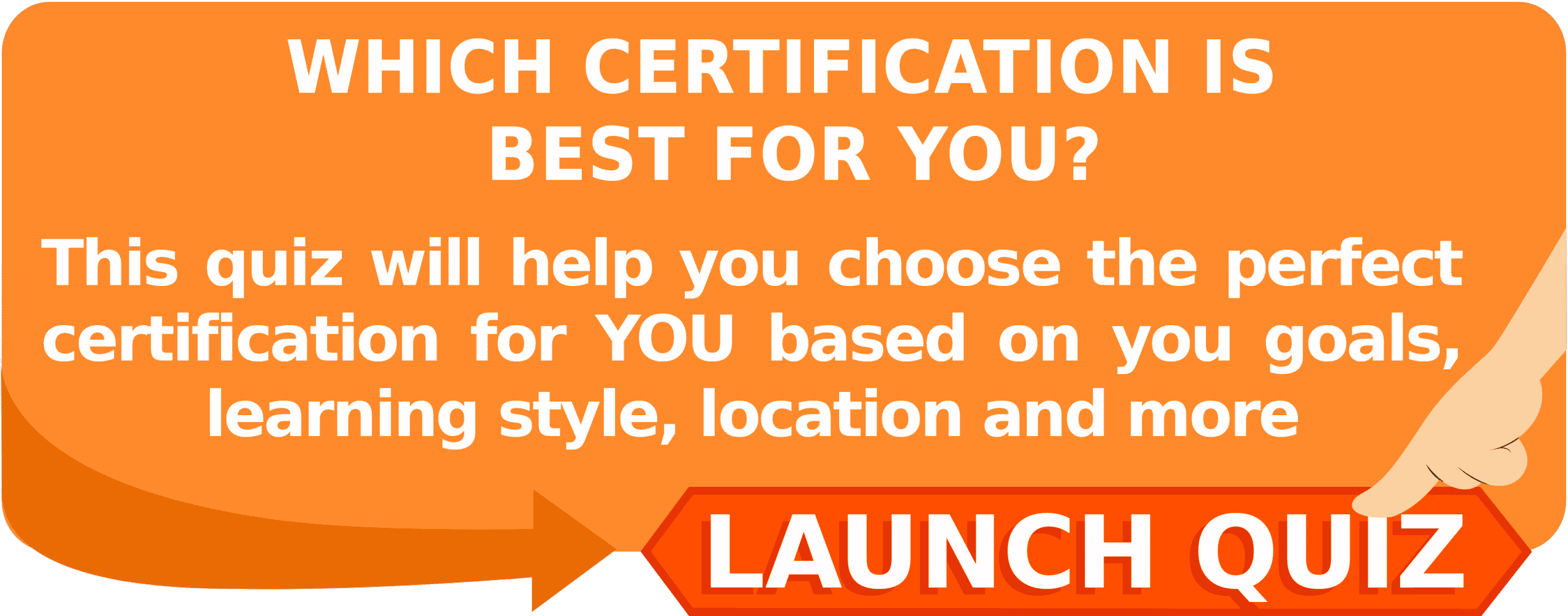
The American College of Sports Medicine Certified Personal Trainer certification (ACSM CPT) is one of the fitness industry’s leading NCCA accredited certifications for personal trainers.
In this article, we critically review the content, test prep materials, and exam for the ACSM personal training certification based on the following criteria:
- Scope and depth of content coverage
- How adequately the content prepares you for personal training
- The quality and cost of study materials
- The difficulty of the exam
Whether you are a first-time trainer or looking to boost your credentials, by the time you finish this article, you will be ready to decide if the ACSM CPT is right for your fitness career.
We highly recommend that you take our helpful quiz to find the best personal trainer certification for you.
Without further ado, let’s get into it!
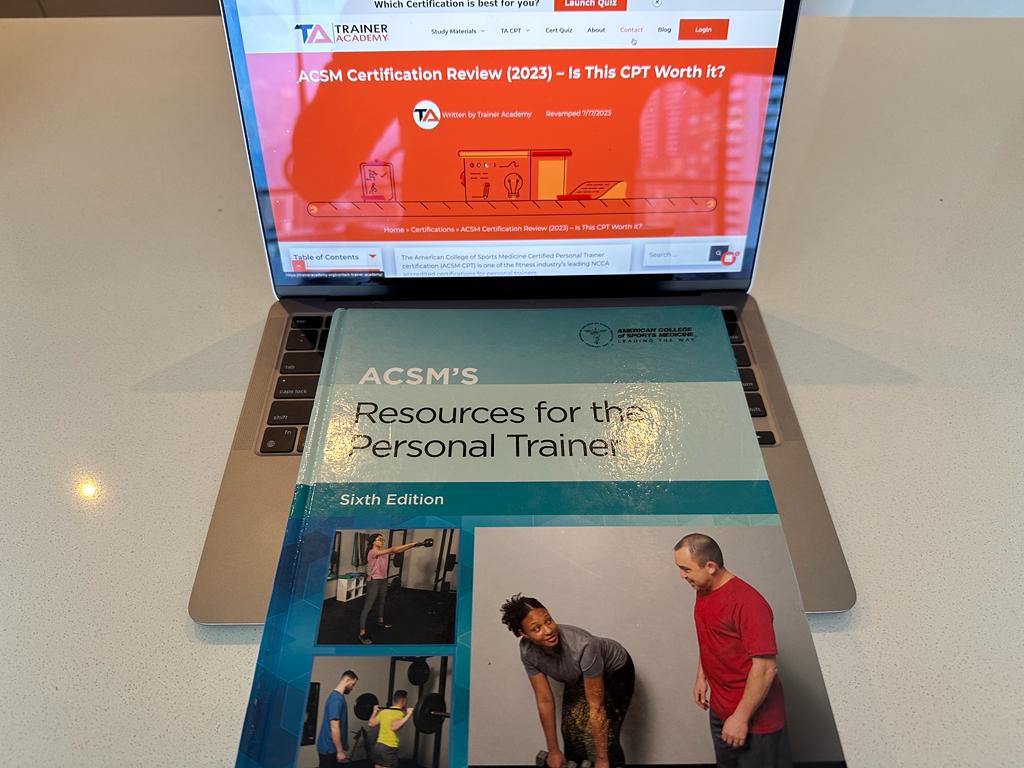
ACSM General Information

- Exam cost: $349
- Study material cost: $619-999
- Prerequisites: CPR/AED, High School Diploma
- Exam passing score: Scaled 550/800
- Exam pass rate: 66%
- Average completion time: 3 to 9 months
- Good exercise science, behavior change, and special populations training
- Covers basic business and sales skills
- Lacks comprehensive program design framework
- Weaker coverage of resistance training technique
- Limited corrective exercise covered.

- Complete curriculum study preparation
- Audio guide, flashcards, and mnemonics
- 800+ practice questions
- Highest exam pass rate
- Exam pass refund guarantee
- Cheaper pricing than ACSM materials

- Curriculum study preparation
- Video and written curriculum included
- Textbook purchased separately
- 200+ practice questions
- No exam pass refund guarantee
- $300+ for textbook and prep course (exam not included)
Exclusive TA Offers |
||
Most Popular Cert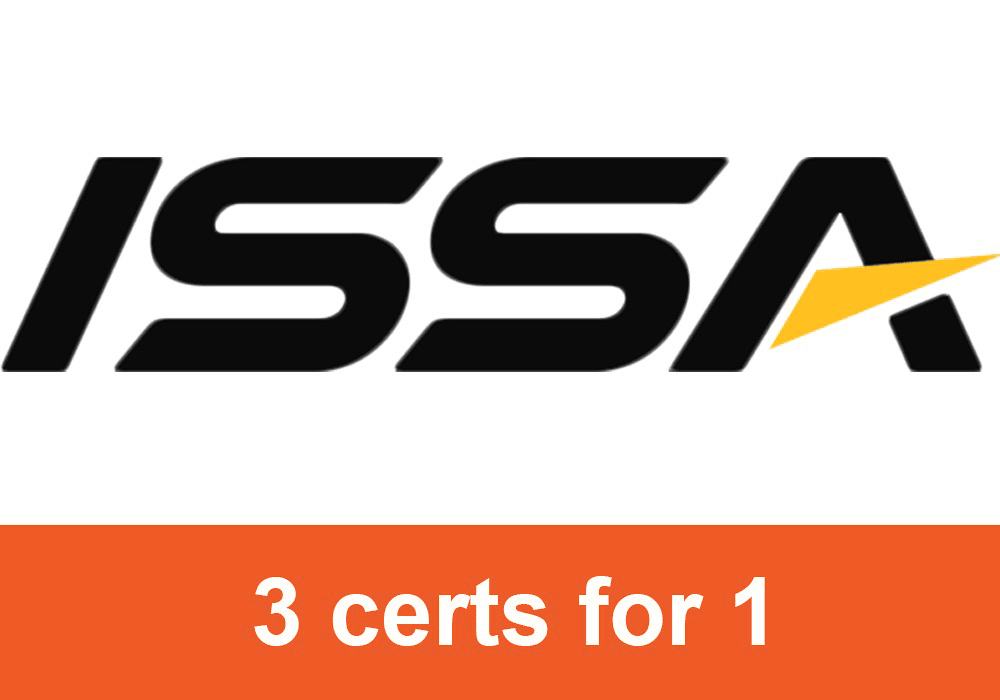
| Great Option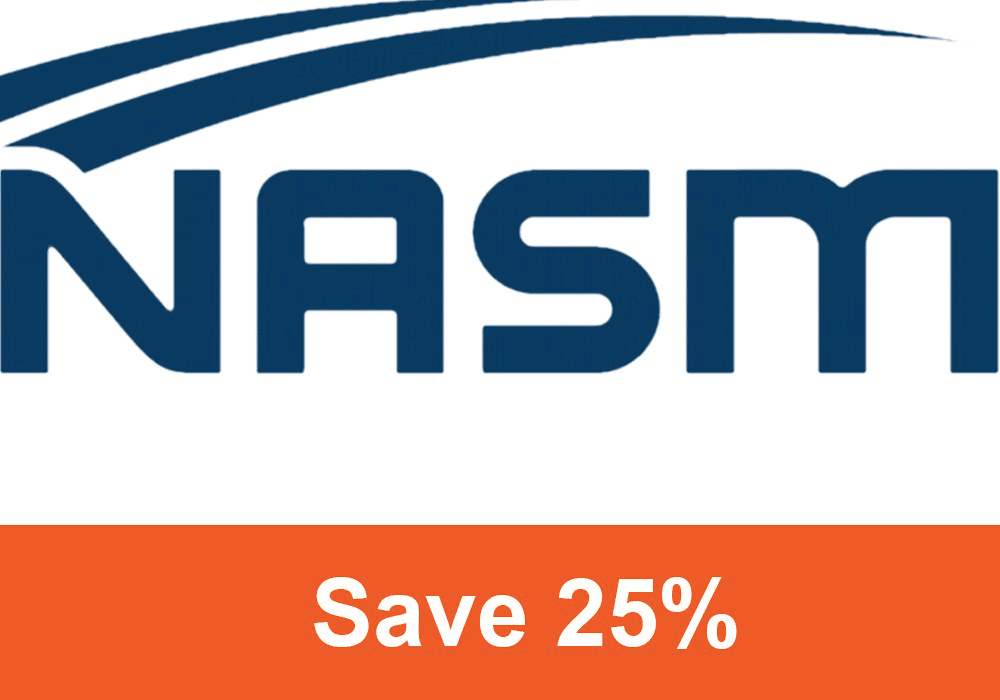
| Best Cert for you? 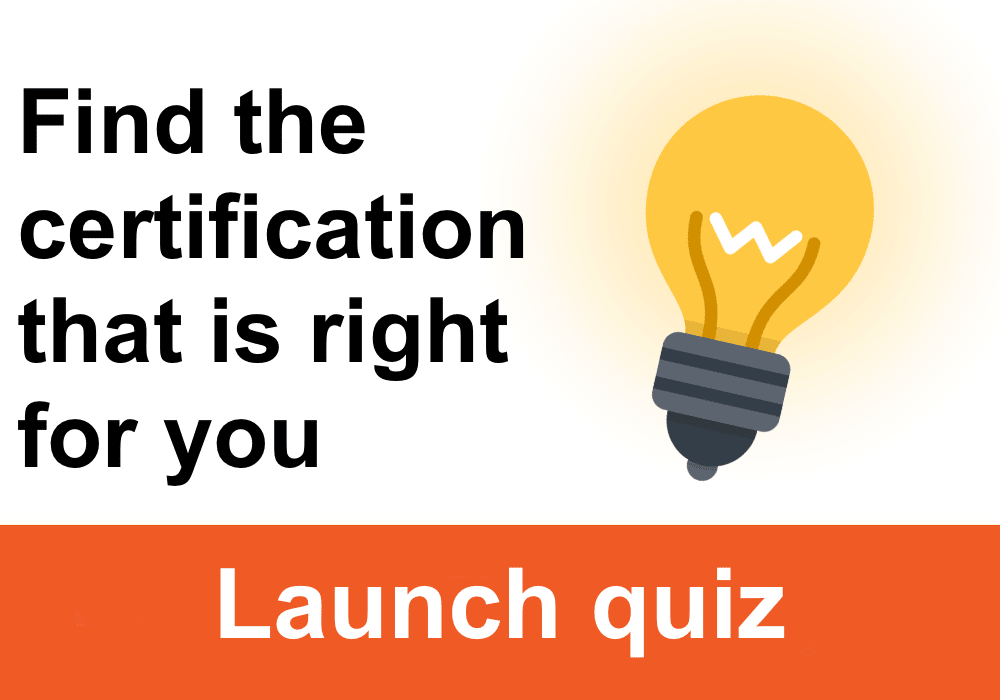
|
Good Option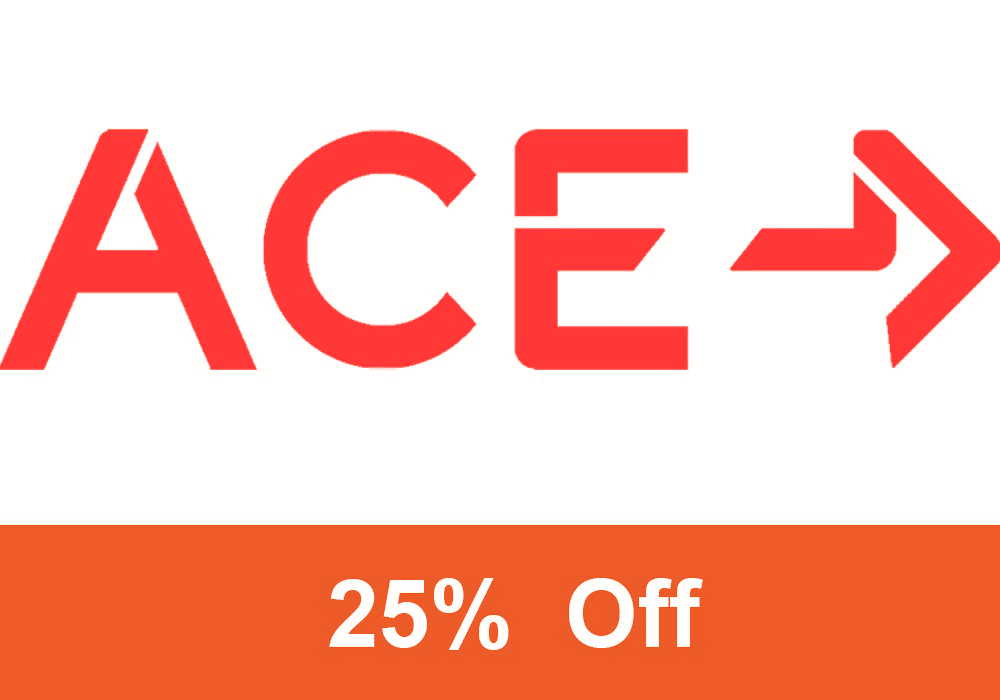
| Good Option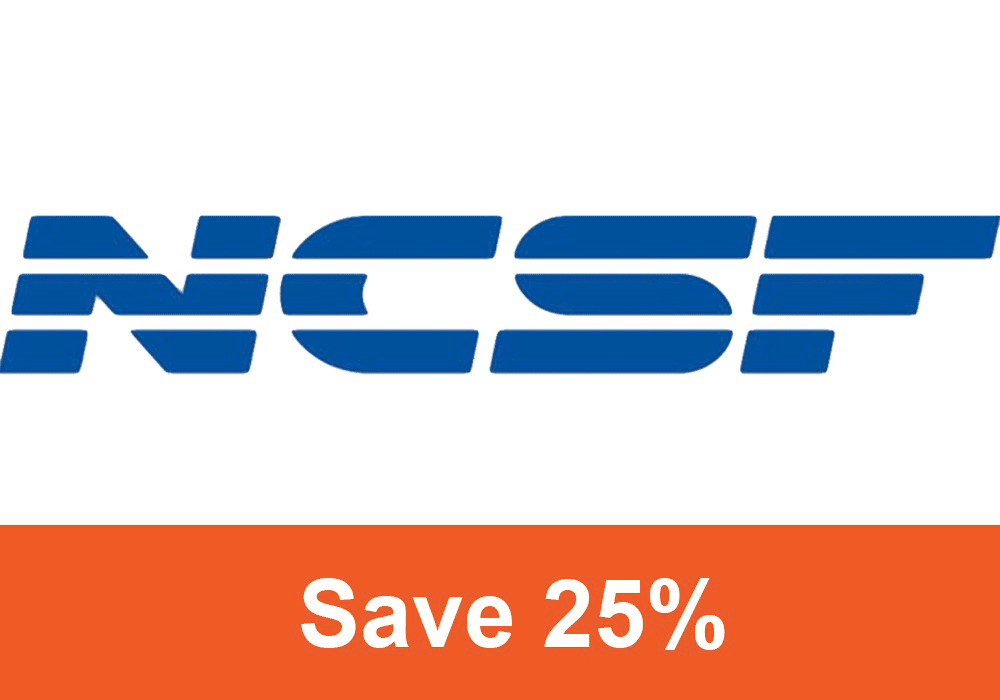
| Good Option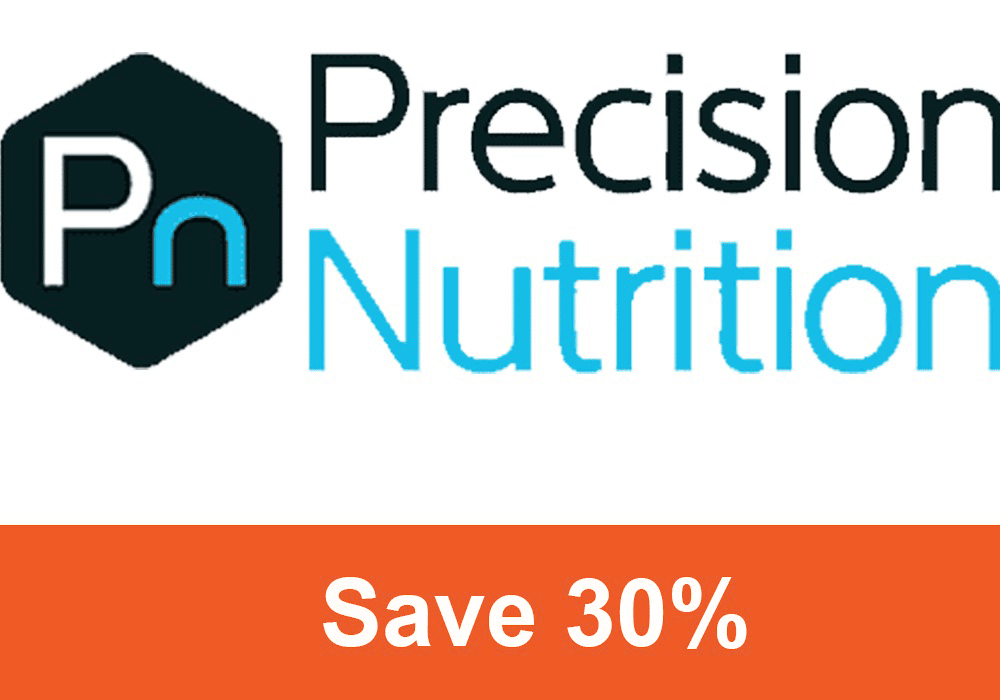
|
Content Covered in the ACSM Certified Personal Trainer Curriculum
The ACSM CPT curriculum breaks down into the following topics:
- Introduction to the Field and Profession of Personal Training
- The Science of Personal Training
- Behavior Modification
- Initial Client Screening
- Developing the Exercise Program
- The Business of Personal Training
The ACSM’s Resources for the Personal Trainer textbook contains the bulk of the test prep content for the ACSM CPT and is the primary ACSM personal trainer book.
This textbook includes a breakdown of all of ACSM’s physical activity guidelines, exercise techniques, and programming information. The ACSM is one of the top nationally accredited personal training certifications, and it has a lot of info to get across.
Learning the State of the Fitness Industry to Guide Your Career

The ACSM begins with an overview of the fitness industry and the role of the personal trainer in health and wellness. This is standard in most fitness certifications.
However, the ACSM fitness overview does have a few unique components.
For example, the introduction of the American Fitness Index.
This concept assigns a ‘community fitness’ score to cities based on the prevalence of positive health behaviors, access to healthcare, community support for fitness, and levels of chronic disease.
But what does this mean for you?
If you are focused on public health, this concept is an excellent way to guide your approach to community wellness.
The next topic covers the career track for personal trainers.
A key topic covered by the ACSM not often found in other personal training certs is knowing your “why” as a personal trainer.
Simply put, most transformational fitness trainers have a clearly defined ‘why’ that motivates them to go the extra mile when it comes to providing value to clients through fitness training.
Another excellent point from ACSM chapter 2 is the goal of having clients be able to eventually work out on their own should they choose.
This philosophy is excellent for informing your coaching. This includes teaching your clients to feel the movements for themselves and be able to self-correct when they do not perform a lifting technique properly.
But that’s not all.
Having clients who can perform solo workouts allows you to sell workout programs they can go do on their own, providing more leverage to your business and allowing you to serve more clients – and potentially earn a higher fitness trainer salary.
Overall, the first section of the ACSM CPT provides an excellent launch point into the scientific and practical aspects of becoming a personal trainer.
Honing Your Knowledge of Exercise Science

The ACSM CPT coverage of science and exercise physiology goes in-depth and exceeds many comparable certifications such as NASM or ISSA.
Topics in this section include:
- bone, muscle, and joint anatomy and biomechanics
- the cardiovascular, nervous, and respiratory systems
- nutrition
The ACSM provides detailed breakdowns of the major joints in the human body.
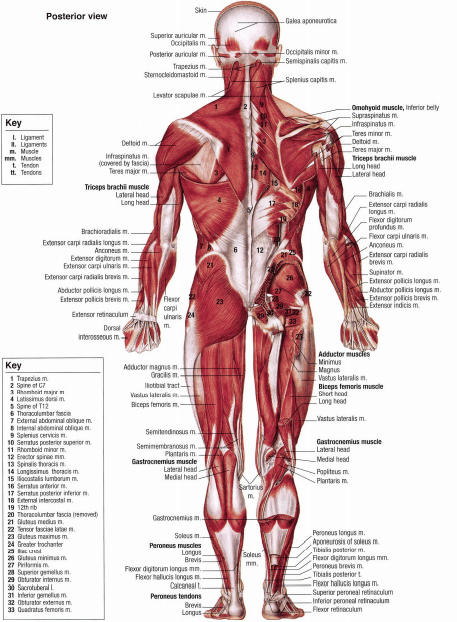
The best part?
For each joint, the ACSM discusses in detail the bones, muscles, and structures in the joint, including the different bone markings, names of ligaments, and structures such as bursae.
This goes beyond the typical ‘this muscle/joint does X’ explanations found in other fitness certifications such as the ISSA CPT.
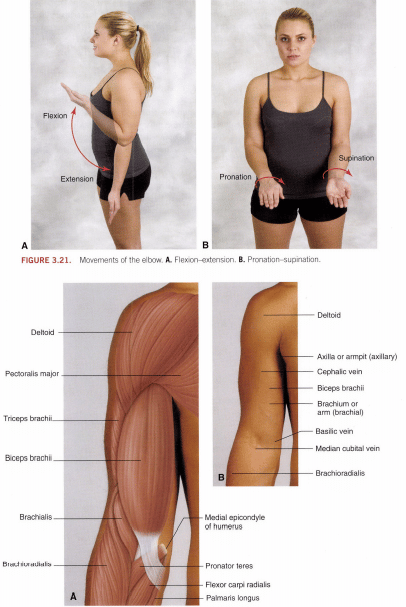
Another small but notable section in this chapter explains the implication of torque and angular velocity when it comes to wheelchair propulsion, which has implications for adaptive fitness clients.
To date, we have not covered any other general fitness certification that mentions the physics of wheelchairs in relation to fitness.

The anatomy covered in this section is on par with the most respected fitness training certifications.
For nutrition, the content covered in ACSM personal trainer is on par with most accredited personal fitness training certifications.
However, nutrition recommendations occasionally differ between organizations.
As it turns out, different certifications often provide conflicting nutrition information.
For example, the NSCA CSCS and the ACSM CPT daily protein guidelines.
The ACSM recommends keeping protein below 1.5 grams per kilogram of body weight due to the body’s lack of ability to use additional protein for muscle growth and the potential for dehydration from excess nitrogenous waste.
This is a stark contrast from the CSCS recommendations, which go as far as 2.7 grams per kilogram body weight for athletes on a reduced-calorie diet.
In practice, excess protein consumption will rarely be of concern for most general fitness clients.
If you discuss nutrition with your clients, you will often find that they consume far below even minimalist protein recommendations.
Excess consumption of carbohydrates, fats, and alcohol are far more common dietary issues for most fitness clients, particularly when maintaining a caloric deficit for weight loss purposes.
Overall, the ACSM advocates uncritically for high-carbohydrate, low-fat, medium-protein guidelines.
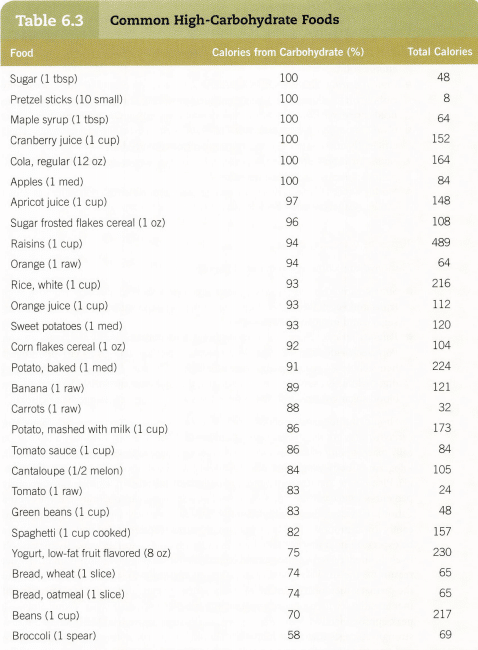
Some of the recommendations are questionable for the average client.
For example, the ACSM recommends using sports drinks for hydration. It specifically discusses the improvements in athletic performance in endurance, interval, and power sports.
However, the average fitness client does not exercise with enough intensity, frequency, and duration to justify drinking a sugared sports drink.
Consuming sugared beverages such as sports drinks for most people will simply make losing fat and maintaining weight more difficult because sports drinks contain a lot of sugar but are not particularly satiating.
Another issue with the ACSM nutrition coverage is the lack of discussion about the potential benefits or risks of high fat, low carbohydrate diets.
Here’s why this matters:
Clients will often ask about the efficacy of diet trends such as keto, paleo, and similar approaches.
High-fat diets are ‘out there in the collective fitness culture.
You need to be able to discuss them with clients, and the ACSM does not provide any information, good or bad, regarding this approach to nutrition.
Client education is important for successful trainers, and you need to anticipate potential questions your clients will have.
Most trainers need to have some good cursory knowledge in this area and would benefit from additional nutrition certification, especially if they want to become a nutrition coach on top of training, which allows you to be a one-stop-shop for clients and increase your earnings with your nutrition coach salary combined with PT.
You can have more info on what other certifications have on nutrition by clicking the links below:
Develop Behavior Modification Skills to Ensure Client Success
The ACSM’s discussion of behavioral modification is one of the strongest sections in terms of deeply addressing this key aspect of fitness training.
The discussion covers a wide array of behavior change theories, most notably the ‘transtheoretical model of behavioral change’ and ‘goal setting theory.’
Here’s why this matters:
You need to develop your skills for coaching behavior change.
This section includes case studies using clients from different demographics to help guide your application of this material toward real individuals.
Compared to many certifications, the ACSM excels at providing you with these insights into coaching behavior change.
But wait, there’s more!
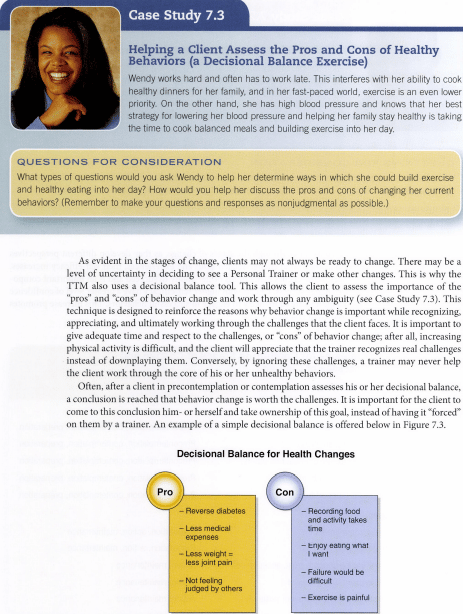
The final chapter in the behavioral change section focuses on specific conversational and interviewing techniques such as empathy, active listening, cultural sensitivity, and even the use of metaphors when talking to clients.
This gives you specific, actionable insights for long-term behavioral change. If you struggle with the interpersonal aspects of fitness coaching, the ACSM equips you to overcome this hurdle. ACSM excels in this regard, second only to maybe the ACE CPT, so, in a cross comparison between ACSM vs ACE, they both do well.
Screening Your Clients to Ensure Safety and Measure Progress
The ACSM goes above and beyond in its preparticipation screening process. The initial client consultation is a vital stage in client acquisition, and the ACSM covers this in detail.
In particular, the ACSM places a heavy focus on categorizing client risk using a combination of medical test findings.
This is especially important if you plan to work with clinical populations.
For most preparticipation screenings with otherwise healthy clients, the PAR-Q and health history questionnaire are sufficient to ensure client safety and mitigate your risk. However, if you plan to work with higher-risk clients, then you do need a deeper understanding of preparticipation screening.
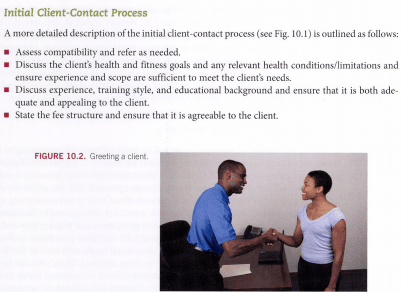
In practice, client interviews do not follow these steps exactly, and you will ultimately develop your own interviewing style and touchpoints as you get more practice doing initial consultations.
Nevertheless, as a new trainer, having a template to follow for your initial interviews is incredibly helpful. The first client interview you do can be a nerve-wracking experience. The ACSM framework for conducting these interviews relieves some of the stress associated with this process.
The ACSM goes above and beyond in its preparticipation screening process.
In particular, the ACSM places a heavy focus on categorizing client risk using a combination of medical test findings. This information is most relevant for older adult clients with chronic disease or a history of cardiac events.
For most preparticipation screenings with otherwise healthy clients, the PAR-Q and health history questionnaire are sufficient to ensure client safety and mitigate your risk.
However, if you plan to work with higher-risk clients, then you do need a deeper understanding of preparticipation screening.
The ACSM Guidelines for Exercise Testing and Prescription contains a very deep breakdown of the process for screening high-risk clients and is a good reference if you plan to pursue this niche in the industry.
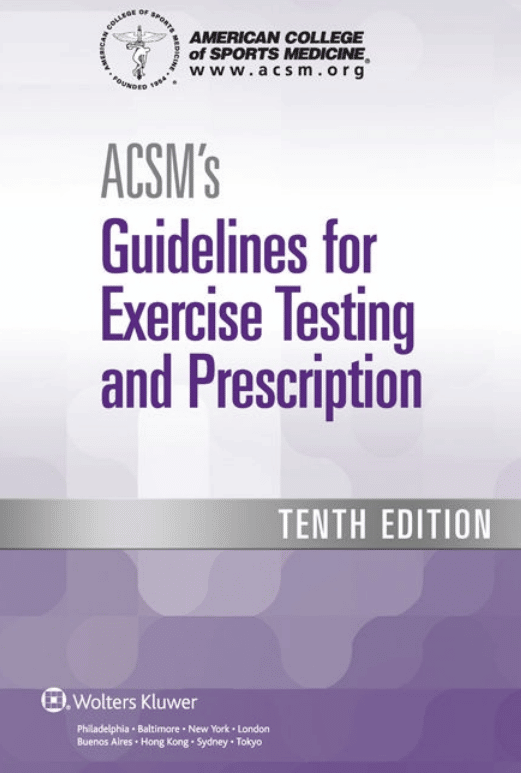
The final component of the preparticipation screening section and covers client fitness assessments.
Overall, the fitness assessments are fairly in line with other personal training certifications.
The ACSM does a good job of showing the anatomical sites for skinfold measurements, which are often difficult to pinpoint in practice.
The textbook also includes cardiorespiratory assessments, maximal strength assessments, muscular endurance assessments, and flexibility assessments.
However, be aware:
There are a few missing components to this section.
For example, the only maximal strength test specifically discussed is the bench press 1RM.
While this test is useful, if you plan to implement maximal strength training using percentages of 1RM to guide your programming, you need to know how to assess squat 1RM, deadlift 1RM, and other big strength movements.
If you understand the general process and these movements, this will not be an issue. However, the bench press test alone is insufficient for overall maximal strength.
On a similar note:
The only muscular endurance test discussed is the push-up test.
Truthfully, beyond preparing clients for military or law enforcement qualifications, testing a client’s maximal pushup ability has relatively little use, as it does not provide enough information to inform programming to any real extent.
However, there is something even more concerning:
The ACSM curriculum lacks enough postural and movement assessments for practical use.
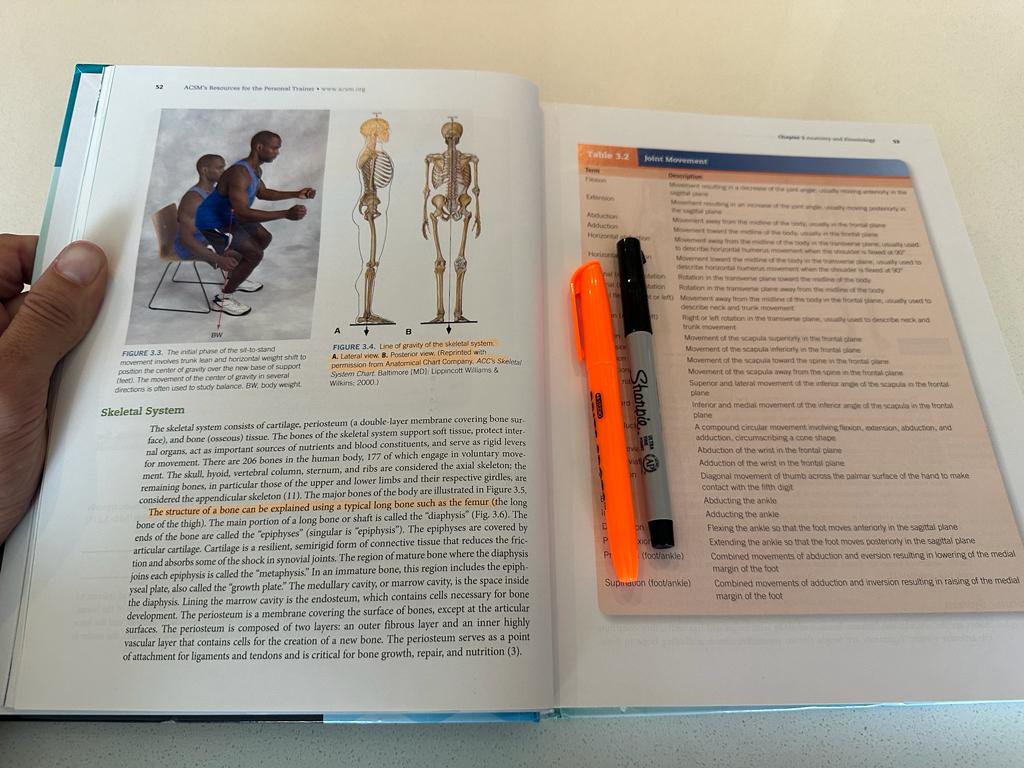
While some movement assessments are touched on in later sections, they deserve a substantial place in the initial fitness assessment, as they will immediately inform you of the best direction for the first round of client programming.
In terms of practical assessments for clients, it is subpar compared to the comprehensive movement screens covered in certifications. When you compare ACSM vs NASM, which is known for its correction movement training, ACSM definitely falls short.
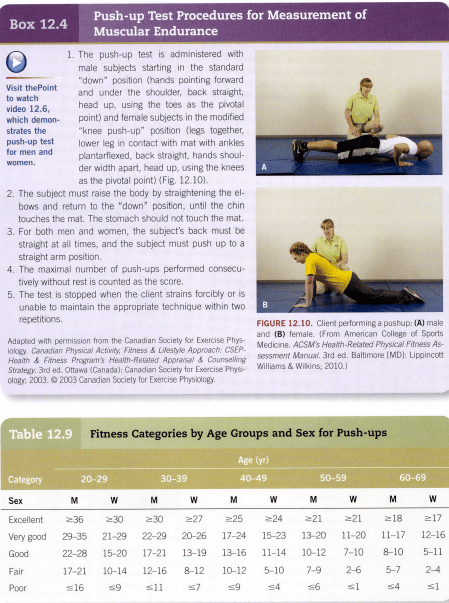
Exclusive TA Offers |
||
Most Popular Cert
| Great Option
| Best Cert for you? 
|
Good Option
| Good Option
| Good Option
|
Designing the Exercise Program for Client-Specific Goals
The fourth section of the ACSM certification covers the actual process of creating workout programs and coaching exercises.
Unfortunately, the materials provided by the ACSM are less practical than other mainstream certifications.
The content covered includes:
- programming and technique for resistance training
- cardiorespiratory training
- flexibility training
- functional movement assessments and programming apparently healthy participants
- personal training session components
- advanced training methods
- training special populations
The first issue lies with the overall cohesion of the material in this section.
There is not enough information to effectively integrate and progress the following components of fitness training:
- flexibility
- core
- balance
- resistance
- aerobic training
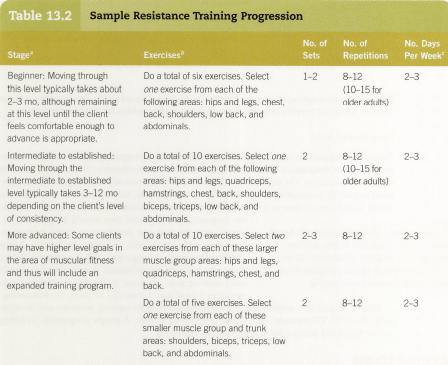
Most mainstream fitness certifications have a template for progressions, such as the NASM OPT™ model or the ACE IFT™ Model.
While ACSM covers each component individually, there is less emphasis on how each specific aspect of fitness training fits into an overall comprehensive periodized training plan.
Even worse:
The textbook does not provide an adequate exercise library for comprehensive programming.
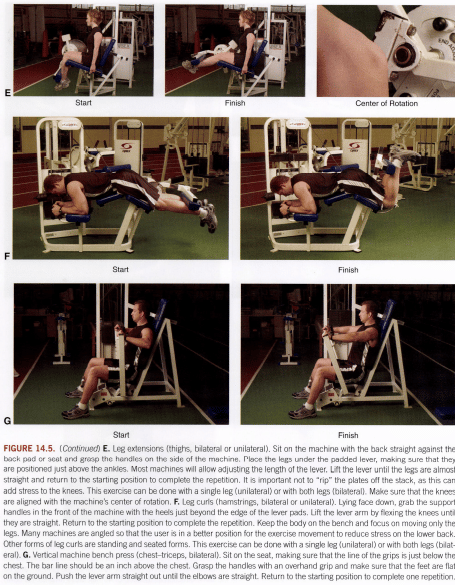
Furthermore, there is little discussion on progressing movements, for example, teaching a client to squat by progressing from stability ball wall squats to chair squats to air squats before giving them a barbell.
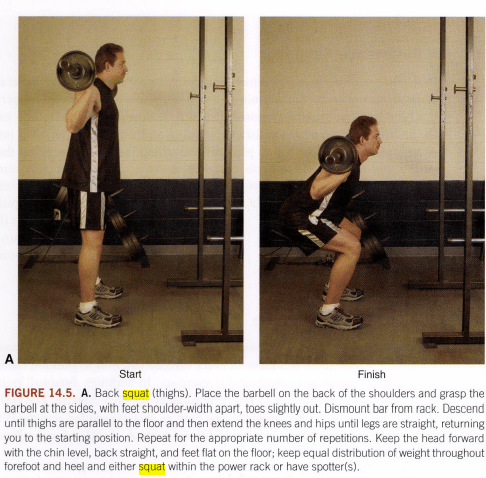
Generally, the technique descriptions are incredibly minimal and do not provide enough instruction on their own to be useful for live coaching.
Another weak point is the lack of useful functional movement assessments.
While chapter 17 claims to cover functional movement assessments, the primary assessments discussed are static plumb line postural assessments and rolling pattern assessments.
Notably absent is any mention of the following:
- overhead squat assessments
- horizontal and vertical pushing assessments
- horizontal pulling assessments.
The overhead squat assessment is one of the most useful screening tools you can use for assessing a client’s initial movement competency and screening for postural and muscle imbalances.
The lack of squat assessments is glaring and significantly detracts from the practicality of the ACSM functional movement screens.
Furthermore, there are no pictures in the textbook of the plumb line or rolling assessments, just the written descriptions.
Here’s why this matters:
Learning the assessments from the textbook is impractical.
These assessments rely on visually assessing the client’s movement. This knowledge is difficult to convey through text descriptions alone.
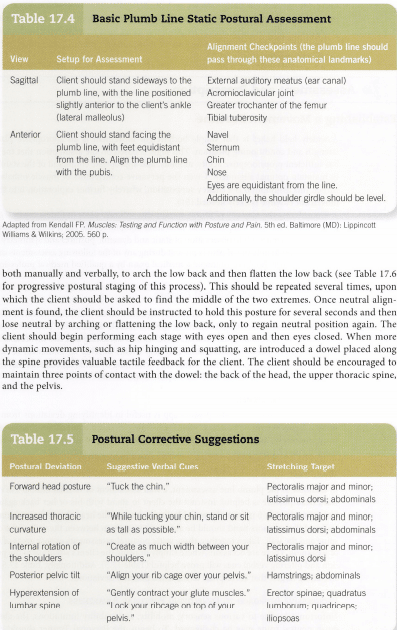
For addressing posture issues, the tight and weak muscles associated with a given plumb line finding, as well as an example suggested corrective exercise are provided in a few tables.
However, there is no good discussion on how to integrate corrective exercises into your program, making this section impractical.
The ‘advanced programming’ chapter includes discussions of plyometric training, techniques such as forced repetitions, variable resistance training, and supersets. It also includes an additional section on coaching Olympic lifts.
In reality, you can utilize plyometric training as well as the ‘advanced resistance training techniques’ with beginner and intermediate clients, provided you scale the intensity and volume appropriately.
On the other hand, Olympic lifts are far too technical to be worth including in a general fitness certification beyond mentioning them as an advanced power training option.
Now for the craziest part:
The ACSM dedicates upwards of four pages to describing the technique for Olympic lift variations.
Given the lack of sufficient general resistance exercises, movement assessments, and corrective exercise programming, including this level of description for Olympic lifts does not make sense for the general fitness textbook.
However, it’s not all bad news.
The ACSM CPT provides substantial information on the different aerobic training modalities and prescribing appropriate intensity.

It includes many exercise tables for assessing your client’s aerobic fitness based on age and sex standards.
This is practical for designing aerobic training programs for your clients and exceeds the information found in most other fitness certifications.
The final chapter in this section covers special populations considerations with great practical breakdowns on programming for chronic disease clients.
Given the ACSM’s organizational focus on public health, aging, and chronic diseases, it makes sense that the cardiorespiratory and special populations chapters would have such detail.
Overall, the ACSM personal trainer practical programming section is weakest on resistance training, movement assessments, and corrective exercises, but provides thorough coverage of cardiorespiratory and special populations training.
Improving Your Career by Studying the Business of Personal Training
The final topic covered by the ACSM is the business of personal training.
Chapter 21 focuses on the income calculations and career options for personal trainers and mirrors the content found in other programs that cover this topic, such as the NASM CPT certification. It also covers networking and basic social media marketing, which are all part of how to make money as a personal trainer.
This is key.
As a new trainer, calculating your income needs and required sessions per week is a must to ensure your financial well-being in the fitness industry. It’s all part of the personal trainer job description and this will inform your social media and other marketing methods.
Thankfully, the ACSM prepares you to conduct these calculations.
The final area of the ACSM CPT covers the legal, ethical, and liability issues in the profession of personal training.
It includes some great example waivers and other legal liability forms. These are excellent guidelines if you plan to work as a self-employed trainer.
If you work for a gym, they should provide their own liability forms.
This would be a good time to mention that if you’re asking the question “do you have to be certified to be a personal trainer,” the answer is, “legally no, but in most cases you will need to be to get hired and insured.”
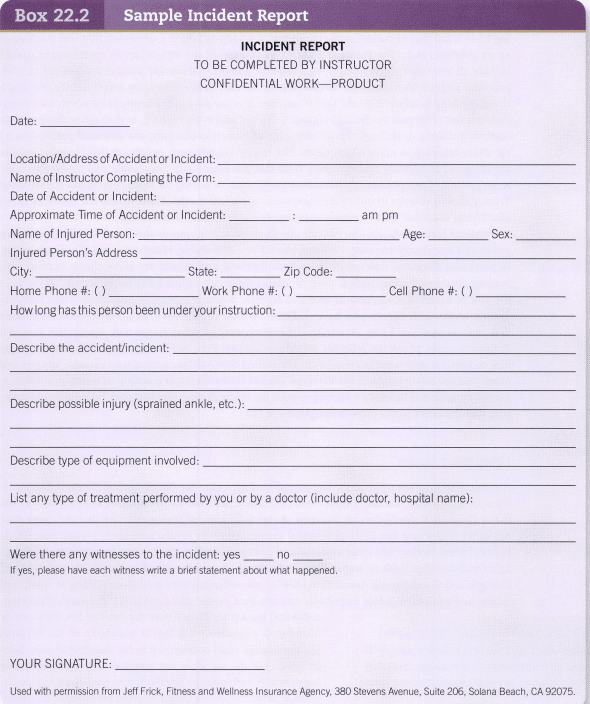
Regardless of where you work, you must maintain your own personal trainer liability insurance.
Content Covered in the ACSM Guidelines for Exercise Technique and Prescription
The second major textbook listed by the ACSM as a resource for their personal training certification in the ACSM’s Guidelines for Exercise Technique and Prescription.
The emphasis in this textbook is an in-depth screening for clinical patients with serious chronic disease, with a big emphasis on cardiovascular diseases.
These guidelines for exercise testing and prescription are far deeper than what you would ever use for general fitness settings.
For the most part, the techniques, equipment, and procedures discussed in the ACSM Guidelines for Exercise Technique and Prescription are reserved for a clinical rehabilitation setting.
It’s unlikely that you would conduct these procedures without additional clinical training.
Some of this material will appear on the ACSM exam.
There is some good news:
If all you care about is passing the CPT exam, the textbook goes into way more detail than you need to pass the test. So, don’t worry if you cannot memorize this monumental amount of information.
If you decide you want to pursue one of the exercise science jobs out there that info with be helpful, otherwise move on to the more practical material.
ACSM Personal Trainer Curriculum Content Summary
The ACSM covers the standard material included in most personal fitness training certifications. Standout components include:
- critical and nuanced look at the career of a fitness professional
- in depth breakdown on major joints in the human body
- practical strategies for nutrition adherence
- deep overview of behavioral change psychology
- comprehensive client intake and screening process
- good coverage of cardiorespiratory program design
- useful protocols for training special populations
Despite the wide breadth of material covered, the ACSM has the following shortcomings:
- no discussion of effectiveness and risks high fat diets
- limited resistance training exercise library
- limited discussion of long-term programming and progression for flexibility, core, and balance training
- lack of programming for beginner plyometrics, agility, or power training
- lack of overhead squat, push, pull, and other comprehensive movement screens
- lack of useful programming and progressions for corrective exercise
- excessive detail on clinical procedures in the Guidelines for Exercise Technique and Prescription
Quality of ACSM Study Materials
The best and most useful exam prep material is the ACSM Resources for the Personal Trainer textbook. This book contains most of the information found on the test.
In terms of personal training certification books, the ACSM Resources for the Personal Trainer textbook is decent.
The visual layout of the textbook is easy to digest, with useful headers within each chapter that separate the subtopics.
Key knowledge points are highlighted in separate blurbs on the side of the page, and boxes are included throughout the text to showcase bulleted information lists, sample forms, and similar materials.
There are pictures included throughout, however, the text would benefit from more pictures in the exercise descriptions.
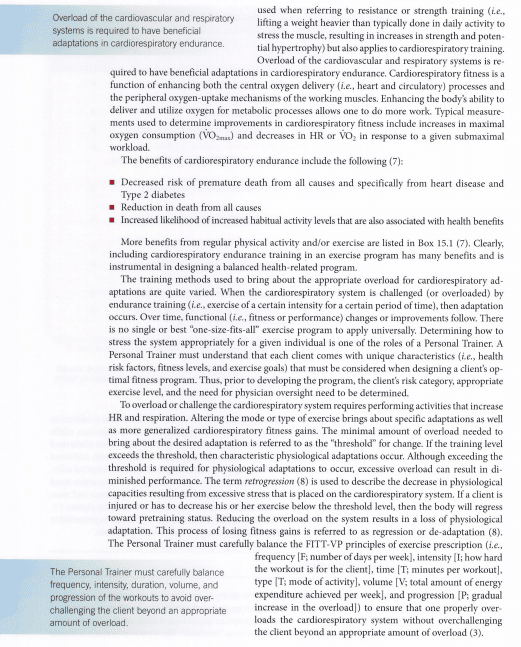
If you plan to study on a limited budget, the Resources for the Personal Trainer textbook is your best bet.
If you need more study materials, you’re in luck.
The ACSM’s certification review materials give you multiple study options.
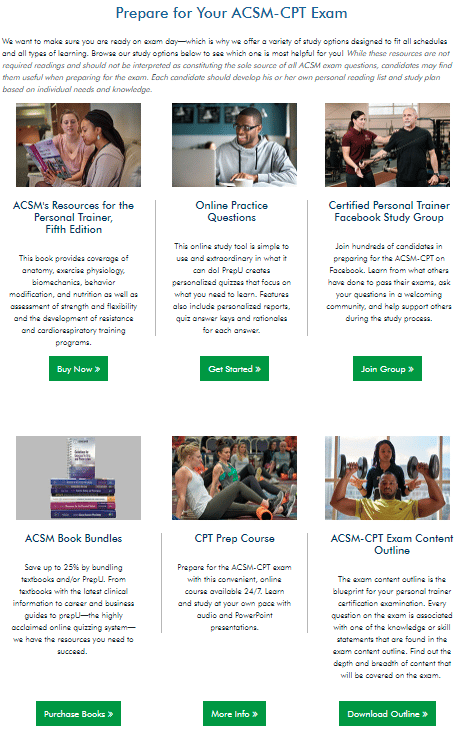
The ACSM CPT practice tests are useful as they help you identify your weak points when studying the material. ACSM exam questions & answers are also very helpful for directly learning the content.
For more in-depth preparation, the ACSM offers a prep course through PrepU, as well as digital flashcards.
It covers the same material as the ACSM CPT textbook but offers audio and slideshow formats.
Passing this course has no bearing on your actual certification exam.
Now for the bad news:
You must pay a hefty fee to access additional materials, starting at $64.99 for 3-months of access to the 200 practice questions.
The ACSM PrepU course costs $270.00 alone, does not include practice questions, and still recommends purchasing both textbooks. The audio is useful for students who need auditory learning materials.
There are some free resources, however.
The ACSM Certified Personal Trainer Facebook Study Group is a free group you can enter to interact with other students preparing for the exam.
This can be helpful for certain questions or asking about other’s experience with ACSM, however, it is not sufficient on its own for exam preparation.
Finally, the CPT Exam Content Outline is a free document from the ACSM that gives a good breakdown of the content covered.
Every prospective ACSM student should download and read this document.
As you prepare for your ACSM CPT, you can also begin thinking about the direction of your career as far as future CECs.
When it comes to CECs directly from ACSM, the following certifications are reputable:
- ACSM certified exercise physiologist (ACSM EPC)
- ACSM health fitness specialist
- ACSM group fitness certification
- ACSM exercise specialist
- ACSM nutrition certification
In addition, your ACSM certification exam can be a walkover if you make use of the premium study materials from Trainer Academy.
They are well-researched, detailed, and insightful to help give you a 99% pass rate and equally reduces your study time by 50%.
All these feats are achievable, using their time-tested study techniques such as mnemonics, practice exams, cheat sheets, and spaced repetition flashcards, etc.
Even if you pick a different cert like ACE you can benefit from our free ACE practice test, ACE study questions.
If you go with NASM we also have NASM test questions and NASM flashcards.
Finally, if you decide to go for the NSCA CSCS we have CSCS study material and practice CSCS questions.
A click on any of the links below will show what you will benefit from these premium MVP packages from Trainer Academy.
- ACSM CPT Study Package
- NASM MVP Study Package
- ACE MVP Study Package
- ISSA MVP Study Package
- NSCA CSCS Study Package
- NSCA CPT Study Package
Exclusive TA Offers |
||
Most Popular Cert
| Great Option
| Best Cert for you? 
|
Good Option
| Good Option
| Good Option
|
ACSM Certification Cost
The ACSM offers several different exam preparation resources for the CPT test, ranging from $79.99 to $270 on top of your base exam fee, which costs $349.
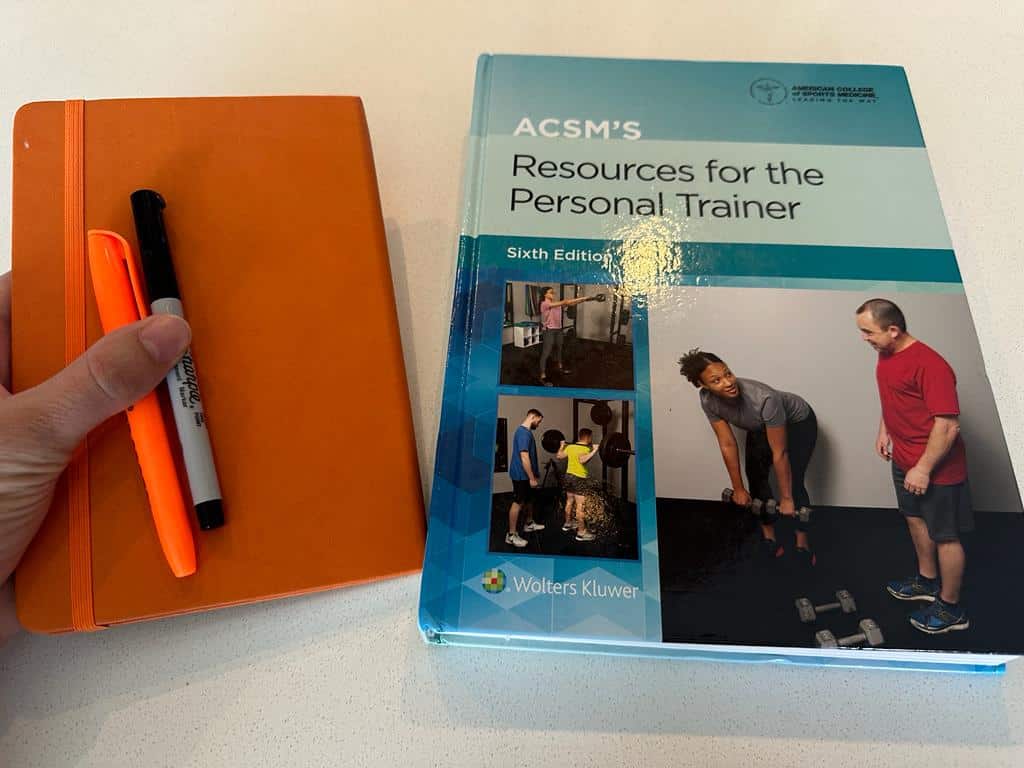
The resources from the ACSM are as follows:
- ACSM Resources for the Personal Trainer (hardcover textbook) – $79.99
- ACSM Guidelines for Exercise Testing and Prescription (hardcover textbook) – $50.99
- Online practice quizzes/ACSM cpt practice test – $64.99
- CPT preparation course – $270.00
- ACSM Facebook study group (free)
- Exam content outline (free)
Note that the textbooks can be purchased on Amazon, potentially at a discount.
How Hard is the ACSM Certification Exam?
The ACSM personal trainer exam is average difficulty compared to other mainstream certifications. Here’s the basic ACSM CPT exam info.
ACSM test takers have 2.5 hours to answer 120 scored multiple-choice questions and 30 non-scored questions throughout the exam.
Knowledge-wise, one of the top study priorities for passing the ACSM exam is knowing all the cutoff points and risk factor numbers for chronic diseases.
Additionally, you should know the heart rate intensity formulas and how to program different aerobic and resistance intensities for different goals. If you know the material in the CPT textbook, you will pass the exam without hurdles.
As mentioned, taking an ACSM personal trainer practice test is your best bet for knowledge checking for your readiness for the ACSM personal trainer test. ACSM practice exams are available in several of the Trainer Academy ACSM study guides.
Be sure to look for an ACSM practice test that contains enough ACSM testing questions if you select an alternative program. Ideally, you should take as many ACSM personal trainer practice exams as possible.
Before taking a final decision on your choice of certification, I’ll advise you to also look through the various certifications out there, like ACE or NASM, and the NSCA personal trainer certification.
They are very valuable certs.
As always, you can make use of the free study guide and practice tests available on Trainer Academy to gauge your level of preparedness for any of the exams.
For those asking how long does it to become a personal trainer through ACSM, the typical study time for most certs is around 3 months. It’s also one of the cheapest personal training certifications if you just go and take the test, which is an added perk.
Pros and Cons
The following are the overall pros and cons of the ACSM CPT certification.
What we liked:
- Excellent behavioral change, aerobic programming, and special populations coverage
- Great for trainers who plan to work with clinical populations
- Relatively straightforward exam
What we didn’t like:
- Inadequate coverage of resistance training, movement assessments, and corrective exercise
- Not suited for athletic strength and conditioning
- Expensive exam fee does not include any study resources
Methodology
We used the following methodology when reviewing the ACSM CPT:
- certified trainer’s critical review of content and depth of coverage
- assessment of whether the content prepares trainers for the job
- observation of missing or inadequately covered material
- discussion of exam difficulty
- review framed relative to other comparable certifications
FAQ
Is the ACSM a good certification?
The ACSM cert is among the most respected certification for health, fitness, and personal training certifications.
The physical activity guidelines from the ACSM are cited by many mainstream health and fitness publications.
Additionally, the ACSM exercise physiologist certifications are similarly respected.
Can you take the ACSM exam online?
The ACSM personal training exam can be taken online through the Pearson VUE multiple-choice testing system. If you take the test in person, be sure to arrive at your ACSM testing site early.
How do I study for ACSM?
The CPT ACSM textbook contains the information needed to pass. Additional ACSM CPT study guide materials make studying more efficient, straightforward, and effective.
Third-party study guides provide ACSM CPT test prep at a lower cost.
A good ACSM personal trainer study guide can make or break your ACSM test prep experience.
How long does it take to get the ACSM certification?
Receiving the ACSM certification depends on you passing the exam. The time needed for exam prep depends on your knowledge and speed of learning.
With no physical fitness, physical therapy, or exercise specialist education, expect 4 to 16 weeks of studying. Take an ACSM CPT practice exam to learn your baseline knowledge.
How long until I get results from the ACSM certification exam?
You need to pass the exam to get your American College of Sports Medicine certification.
Sitting for the exam requires a high school diploma, CPR/AED certification, and pay the exam fee.
Since everything is contained in the ACSM online portal, you only need your ACSM login to verify your credentials.
Do ACSM certifications expire?
ACSM certifications require recertification every three years, or they do expire.
If you let your CPT expire, you must retake the original ACSM CPT exam before completing your ACSM recertification.
Does ACSM require a college degree?
A college degree is not required to become an ACSM CPT. A high school diploma and an adult CPR/AED certification are the only ACSM certification requirements.
How do I renew my ACSM certification?
Recertification for the ACSM CPT is required every three years and requires the completion of 45 continuing education credits in that period.
When you log in to your ACSM portal after passing your CPT exam, you can see exactly how many more CECs you need to recertify.
How do I get CECs in ACSM?
CECs, also known as CEUs or continuing education credits are obtained by taking courses, reading ACSM articles and webinars.
For example, exercise leadership or clinical work ACSM CECs. Getting other ACSM certifications such as the certified clinical exercise physiologist (ACSM-CEP) and group exercise instructor counts as CECs.
What qualifies as a CEU?
CEUs must be obtained by completing approved courses.
The ACSM allows you to take your CEU courses through other organizations as well as the ACSM.
There are many approved providers for ACSM CEUs. For a full list of approved organizations, check out the list of approved providers on the ACSM website.
How does ACSM check CPR and AED certification?
The ACSM requires you to provide proof of CPR/AED certification before sitting for the ACSM personal trainer cert exam.
This is typically a scanned document you receive when completing an approved CPR certification through organizations such as the Red Cross.
How much does an ACSM certification cost?
If you only need to take the exam, the ACSM certification costs $349.
Depending on your study needs, additional ACSM personal trainer study kit materials must be purchased separately and will result in a higher overall cost to get certified.
How much is an ACSM membership?
ACSM membership is a separate subscription that gives you access to various medical and health research publications.
It does not give a discount on certification programs. ACSM membership costs $10 ( ACSM student membership), $99 (Alliance), or $240 (Professional) per year depending on which level of membership you select.
The Student and Professional ACSM membership tiers are limited to college or higher-level students, and degreed health professionals, respectively. The Alliance level membership is open to all.
Is ACSM membership worth it?
If you are an ACSM member you have access to a range of ACSM journal subscriptions that contain the most recent health, fitness, and medical literature.
Given the range of publications offered within a single membership, becoming an ACSM member is worth considering if you are in these advanced fields.
If you practice medicine, kinesiology, or other similar professions, the ACSM membership is worth it. Access to the ACSM journal alone will benefit your career.
What can you do once you have your ACSM certification?
Once you are an ACSM certified personal trainer, you will receive an ACSM certificate and you can apply for a job at any facility hiring personal trainers that requires certification, which is the majority of gyms.
You can also put your certification on your resume, business card, or other promotional materials.
You can also consider ACSM jobs working directly for the organization. Additionally, being ACSM certified allows you to purchase personal trainer liability insurance.
What is the ACSM?
The ACSM stands for the American College of Sports Medicine.
The organization provides ACSM training through ACSM webinars, ACSM workshops, and ACSM certifications that focus on many areas of health and wellness.
The ACSM personal trainer certification, exercise physiology certification, and health coach certification ACSM curriculum are some of the premier offerings.
When it comes to fitness trainer jobs, the ACSM is highly respected.
Conclusion: ACSM Certification Review
The ACSM CPT certification provides a good overview of the skills needed for personal training. The breadth of topics covered mirrors most other comparable certifications. It is particularly well suited for trainers who want a career working in clinical settings or clients with chronic diseases.
If you plan to work with athletes or focus on resistance training for general fitness populations, you will need to continue your education after getting certified to adequately train these populations.
However, regardless of which certification you choose, continuing education is an absolute must.
There is no perfect comprehensive fitness certification because there is just too much knowledge to cover in a single textbook and exam.
With that said, the ACSM CPT is an excellent launch point for your career in the fitness industry, and you will learn many invaluable skills during your studying of the material that will prepare you for your first day on the job.
Good luck!
References
- Melton DI, Katula JA, Mustian KM. The Current State of Personal Training: An Industry Perspective of Personal Trainers in a Small Southeast Community. Journal of Strength and Conditioning Research. 2008;22(3):883-889. doi: https://doi.org/10.1519/jsc.0b013e3181660dab
- Pojednic R, Bantham A, Arnstein F, Kennedy MA, Phillips E. Bridging the gap between clinicians and fitness professionals: a challenge to implementing exercise as medicine. BMJ Open Sport & Exercise Medicine. 2018;4(1):e000369. doi: https://doi.org/10.1136/bmjsem-2018-000369
- Raab S, Wolfe BD, Gould TE, Piland SG. Characterizations of a Quality Certified Athletic Trainer. Journal of Athletic Training. 2011;46(6):672-679. https://www.ncbi.nlm.nih.gov/pmc/articles/PMC3418946/





